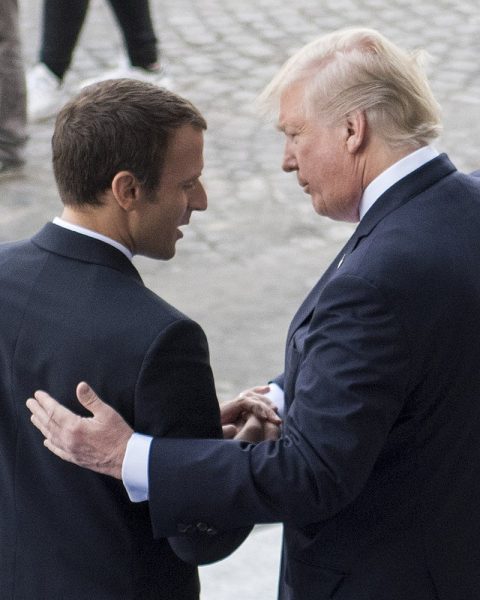Handshakes are a typical, quintessential greeting. Most people do not question them, and even more do not realize that they are a poorly-designed gesture fraught with sanitary concerns and social complications.
Handshakes are a contributor to the spread of disease. Hands touch everything, and the germs they pick up are firmly planted onto the next person via a handshake. Despite the lessons of the COVID pandemic, one might think that this is an insignificant problem. Perhaps people can trust each others’ hygiene, right? That does not seem to be the case: studies have found that people, even a majority of health workers, do not follow proper handwashing practices. While surface contact is not as large a problem as airborne droplets, it is still a problem that can be eliminated at virtually no cost.
For such a trivial action, handshakes also require a disproportionate amount of technique. They are perceived as outright signs of one’s character, complicating how we express a “simple” greeting. Even for otherwise nonjudgmental people, a flimsy handshake may subconsciously signal an insecure person, and a very firm handshake can feel intimidating or aggressive—regardless of intention. Countless guides on the technique circulate through the internet and everyday advice. While one may not actively notice it, avoiding a dubious handshake becomes a point of concern or awkwardness in daily lives, especially for those who are neurodiverse. Albeit often insignificant, it is an unnecessary source of pain that could easily be avoided.

This does not mean that the handshake needs to be completely abandoned. Among important associates or crucial occasions where it feels irreplaceable, the gesture is, ironically, a lesser concern (as long as one washes their hands afterwards, perhaps). Most people would feel undisturbed by the quality of a handshake when, for instance, receiving a diploma or signing an important agreement.
Ultimately, does it truly detract from life to use a different greeting? People may as well switch to a different salutation, and there are options that are easier, less complicated, and already ingrained in society. For example, bowing is a common and straightforward form of greeting in some East Asian cultures. A wave, bow, or even a warm smile can be just as friendly and mutually respectful as a handshake all while being less troublesome.
Even if the handshake’s problems seem subtle or insignificant, there are easy solutions to eliminate the issue outright. The handshake should be made obsolete, and replaced with a smarter, simpler greeting.


